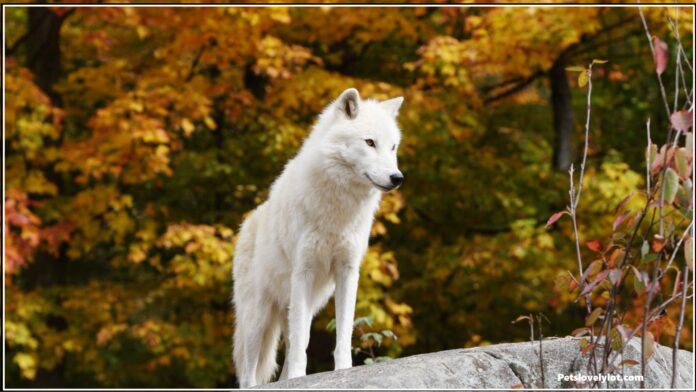In the earlier days, Australian researchers began attempting to resurrect the terminated Tasmanian Tiger and had positive outcomes.
The 1930s saw the destruction of the last marsupial known as the thylacine. The group guarantees that the wiped out thylacine, might be resuscitated, with the utilization of immature! microorganisms, and quality altering! advancements, and the first may be “once again introduced” to the wild in the following decade.
This time, because of. Beijing-based Sinogene. Biotechnology Co, an icy wolf – named. Maya-was effectively! cloned. This fruitful cloning is viewed, as an achievement. improvement! in safeguarding, uncommon and jeopardized species.
Maya, initially from the. High Cold tundra of. Canada’s Sovereign. Elizabeth Islands, was made through! a similar, method behind. Cart the Sheep, the main vertebrate, cloned in Scotland in 1996.
“To save the imperiled creature, we began the exploration participation with Harbin Polarland on cloning the Icy wolf in 2020. Following two years of meticulous! endeavors, the Icy wolf, was cloned! effectively. It is the primary instance of its sort on the planet,” said Mi Jidong, the head supervisor of Sinogene Biotechnology Co, as Worldwide Times revealed.

Specialists utilized a method known as physical cell atomic exchange to make Maya’s undeveloped organism in the beagle’s belly, which likewise fills in as her close companion and substitute mother.
“The recently conceived wolf has a similar genome as the first wolf, however the cloned wolf hasn’t lived with different wolves, yet with a canine,” said Zhao Jianping, the Delegate Senior supervisor of Sinogene.
“Truth be told, for cloned, pet canines and felines, there is likewise! an issue of early socialization. The prior the socialization, the more gainful for its future turn of events.”
Maya is healthy
She is very solid and perky, the researchers say. Likewise, as Euronews revealed, there is a long and hard street for them. “It is somewhat simpler to clone canines and felines,” said Zhao.

